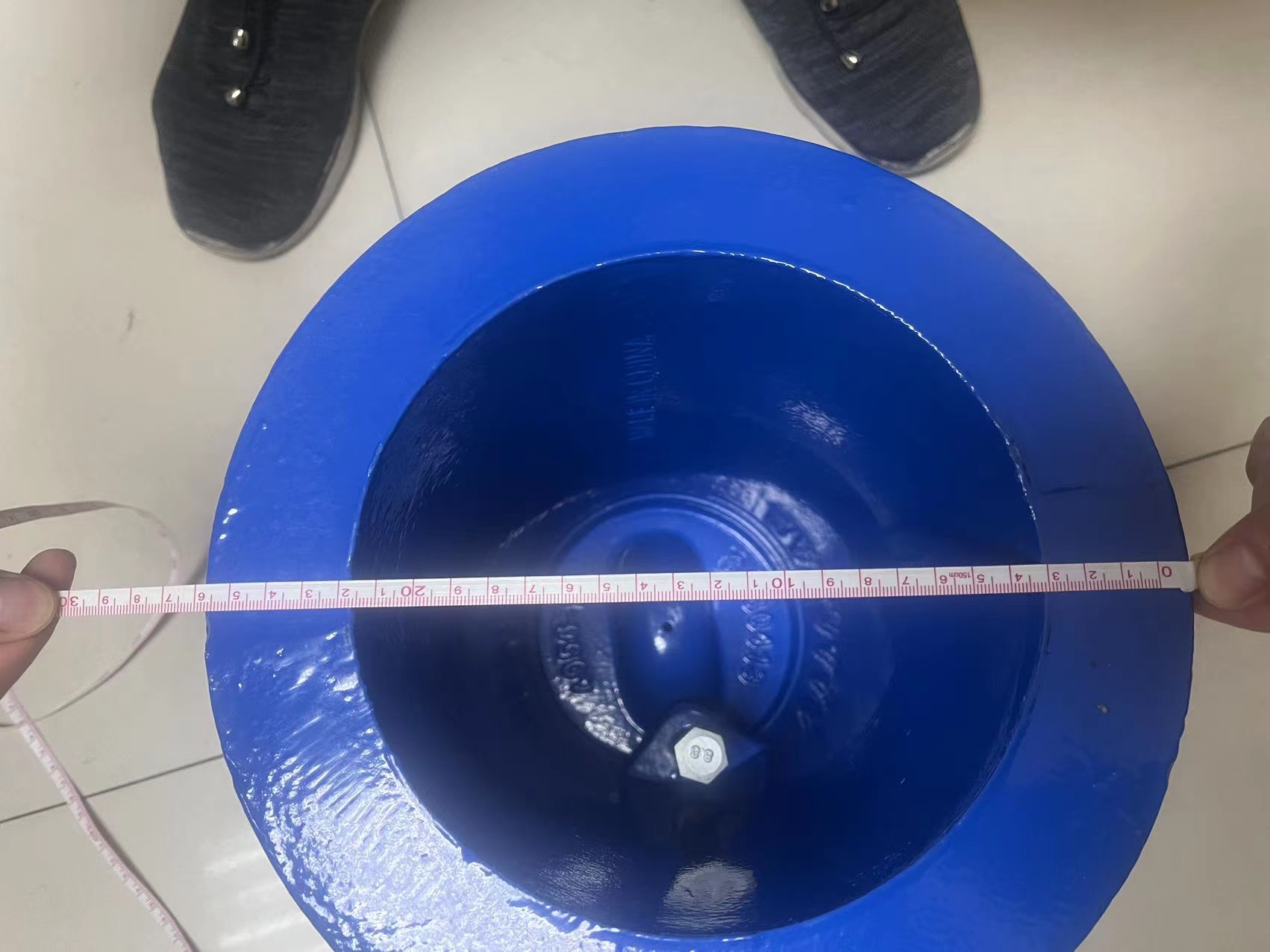Optimizing Butterfly Valve Intake for Enhanced Performance and Efficiency in Fluid Systems
The Role of Butterfly Valves in Engine Intake Systems
Butterfly valves are crucial components in various mechanical systems, including engine intake systems. Their simple yet effective design plays an essential role in regulating airflow, which is vital for the efficient functioning of an engine. This article explores the function, advantages, and applications of butterfly valves, particularly in engine intake systems.
Understanding Butterfly Valves
A butterfly valve consists of a circular disc or plate mounted on a shaft. When the valve is open, the disc is rotated parallel to the flow of the fluid, allowing for smooth passage. Conversely, when the valve is closed, the disc rotates to a position perpendicular to the flow, effectively blocking any passage. This straightforward mechanism allows butterfly valves to manage a wide range of flow rates and pressures, making them an ideal choice for various applications.
Importance in Engine Intake Systems
In internal combustion engines, the intake system is responsible for drawing air into the combustion chamber, where it mixes with fuel to create the energy needed to power the vehicle. Effective air management is crucial for optimizing engine performance, fuel efficiency, and emissions. Butterfly valves are often employed in this system due to their ability to provide precise control over air flow.
When the driver accelerates and presses the throttle, the butterfly valve opens up wider, allowing more air to enter the engine. This increase in airflow enhances combustion, resulting in increased power output. Conversely, when the driver reduces the throttle position, the butterfly valve closes partially, decreasing the amount of air entering the engine, which leads to a decrease in power and speed.
Advantages of Butterfly Valves
1. Simplicity and Reliability Butterfly valves have fewer moving parts compared to other types of valves, which contributes to their durability and reliability. This attribute is particularly important in automotive applications, where maintenance often needs to be minimal and the components must withstand harsh operating conditions.
butterfly valve intake

2. Space-Efficient Design The compact design of butterfly valves makes them an ideal choice for engine intake systems, where space is often limited. Their low profile allows for easy integration into the engine architecture, ensuring that they do not add significant weight or bulk.
3. Quick Response Due to their design, butterfly valves can open and close rapidly, which is vital for applications requiring quick adjustments to airflow. This responsiveness plays a critical role in engine performance, especially during dynamic operating conditions such as acceleration or deceleration.
4. Flow Control Butterfly valves provide excellent control over the flow rate, allowing for fine-tuning of air intake. This control is especially beneficial in modern engines equipped with advanced fuel management systems that rely on precise air-fuel mixtures for optimal efficiency.
Innovations and Future Trends
With advancements in technology, butterfly valves continue to evolve. Innovations such as electronic throttle control (ETC) integrate butterfly valves with electronic systems, allowing for even more precise control of the air intake based on real-time data from the vehicle's engine control unit (ECU). This integration paves the way for improved fuel efficiency and reduced emissions, aligning with the automotive industry's goals of sustainability.
Furthermore, materials and coatings are being developed to enhance the performance and longevity of butterfly valves in high-performance engines. These advancements aim to withstand extreme temperatures and pressures, ensuring that the valves function reliably throughout the vehicle's lifespan.
Conclusion
Butterfly valves play an indispensable role in engine intake systems by effectively regulating airflow, thus optimizing engine performance, efficiency, and emissions. Their simple design, reliability, and responsiveness make them a preferred choice in automotive applications. As technology continues to evolve, butterfly valves will likely see further innovations that enhance their functionality, supporting the automotive industry’s push towards more efficient and environmentally friendly vehicles. Understanding their significance helps appreciate the intricate balance of components that contribute to a vehicle’s performance on the road.
-
The Smarter Choice for Pedestrian AreasNewsJun.30,2025
-
The Gold Standard in Round Drain CoversNewsJun.30,2025
-
The Gold Standard in Manhole Cover SystemsNewsJun.30,2025
-
Superior Drainage Solutions with Premium Gully GratesNewsJun.30,2025
-
Superior Drainage Solutions for Global InfrastructureNewsJun.30,2025
-
Square Manhole Solutions for Modern InfrastructureNewsJun.30,2025
-
Premium Manhole Covers for Modern InfrastructureNewsJun.30,2025
